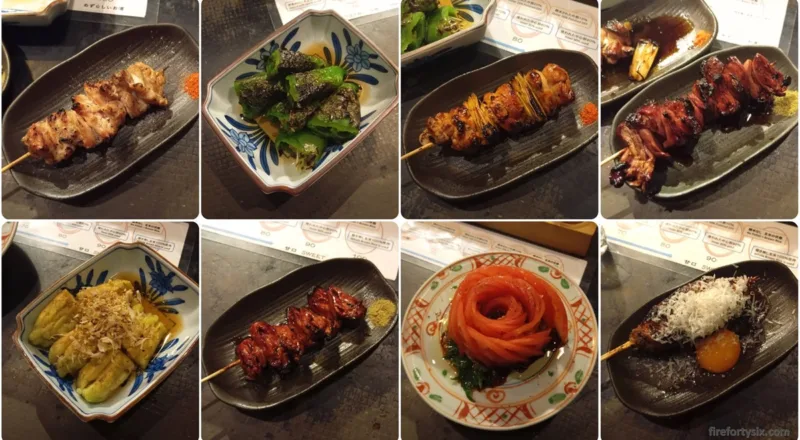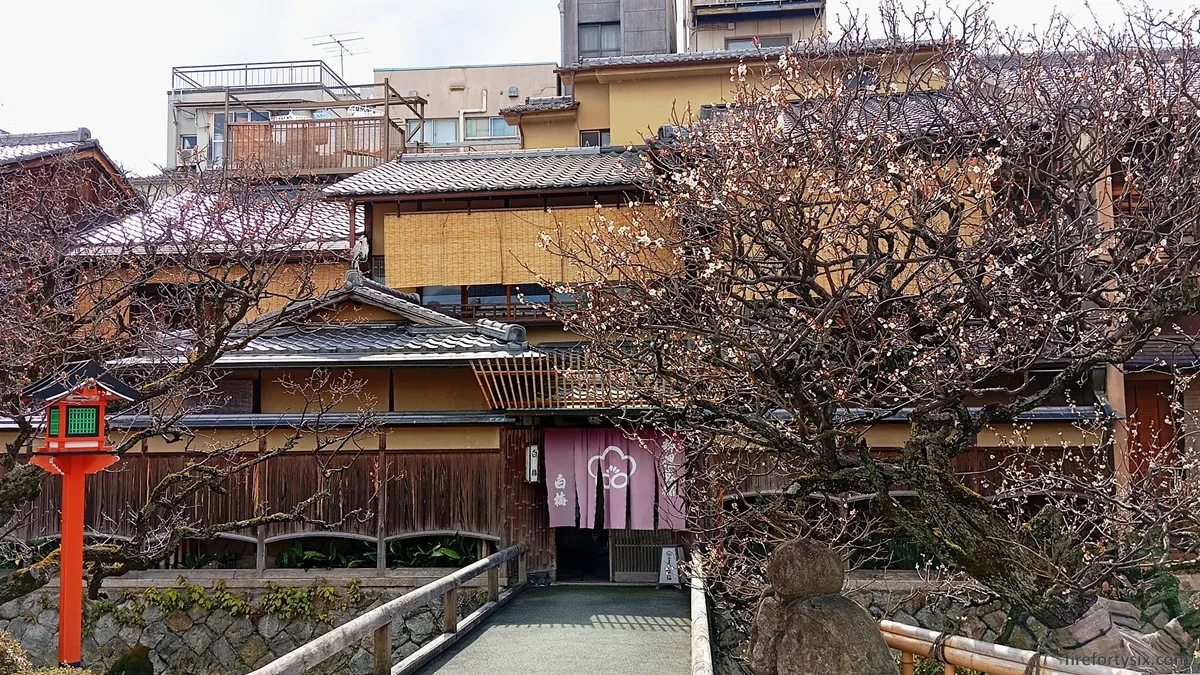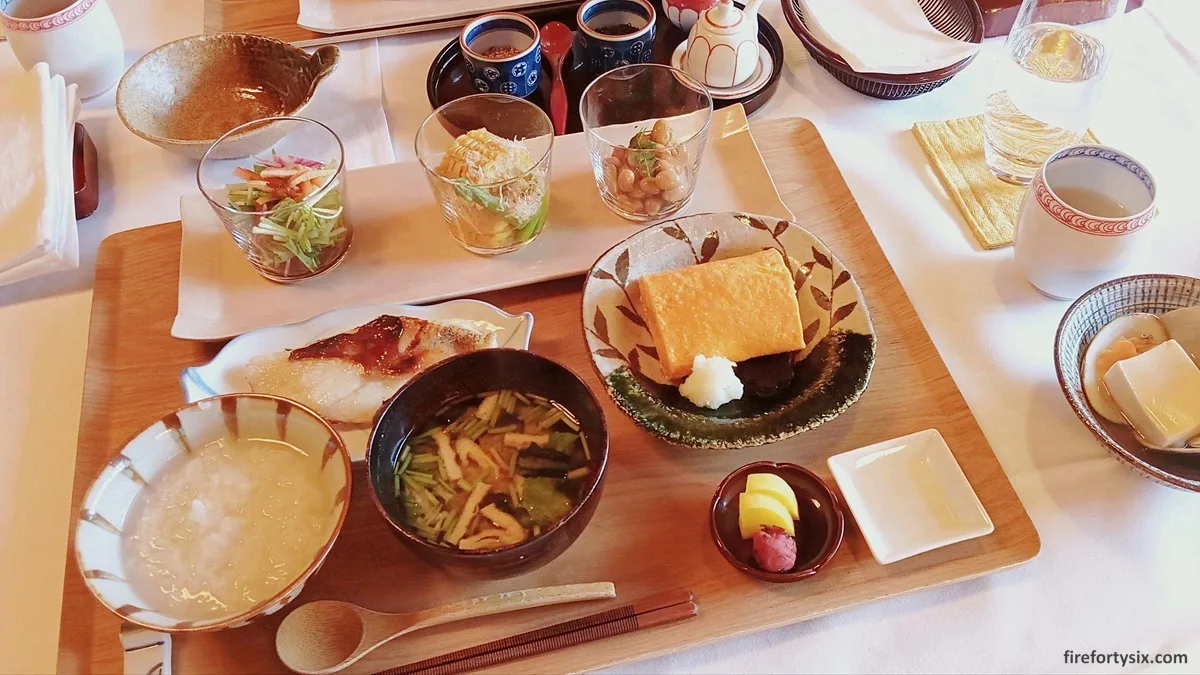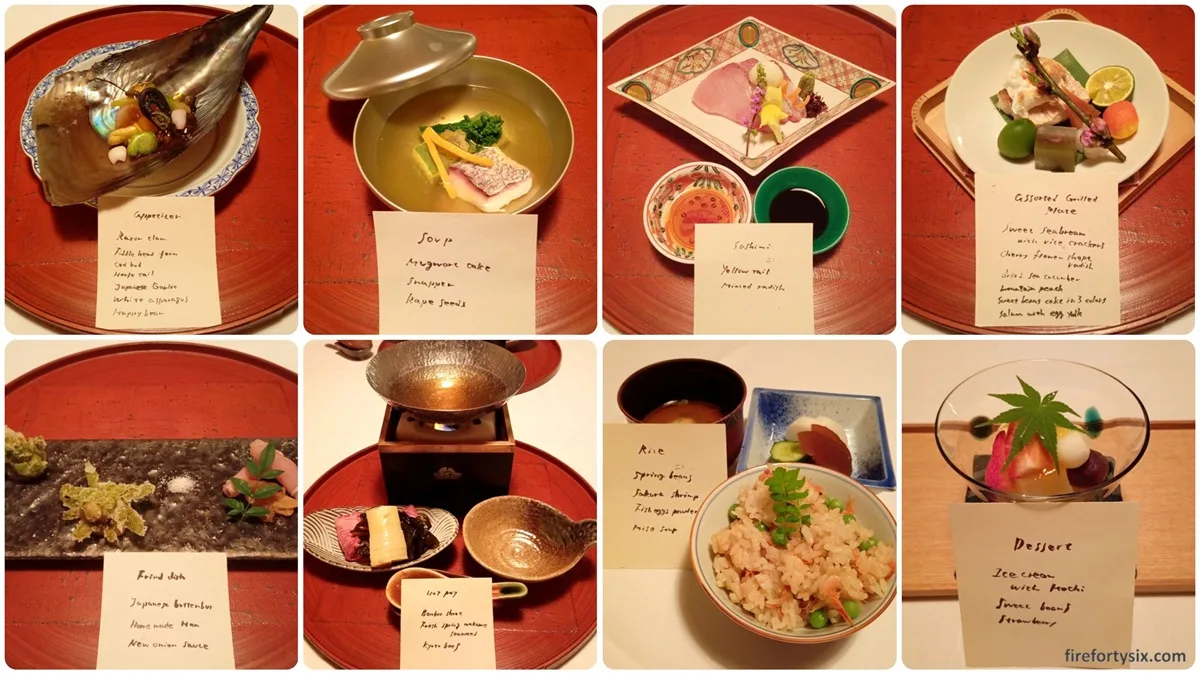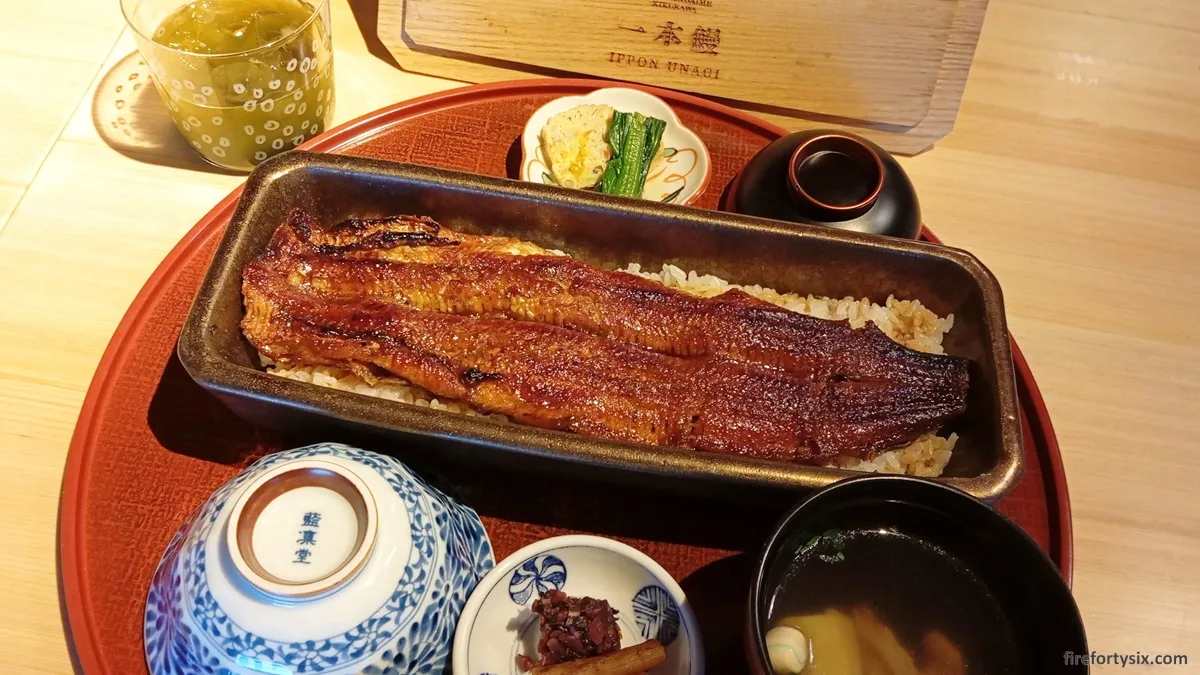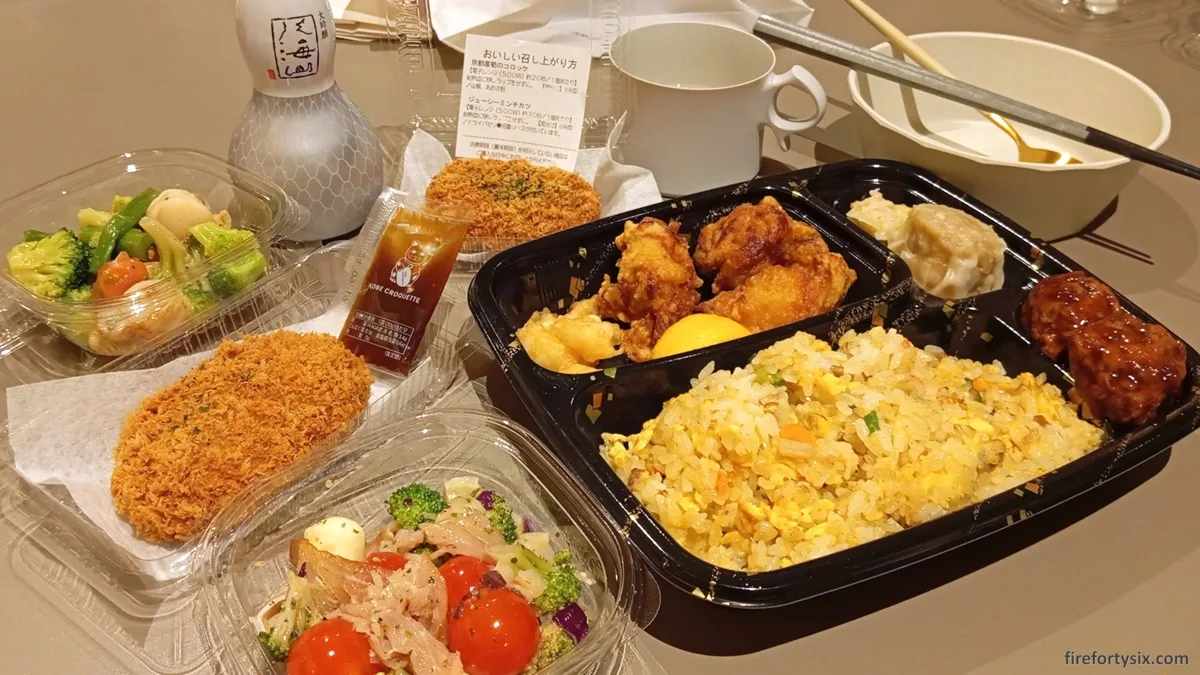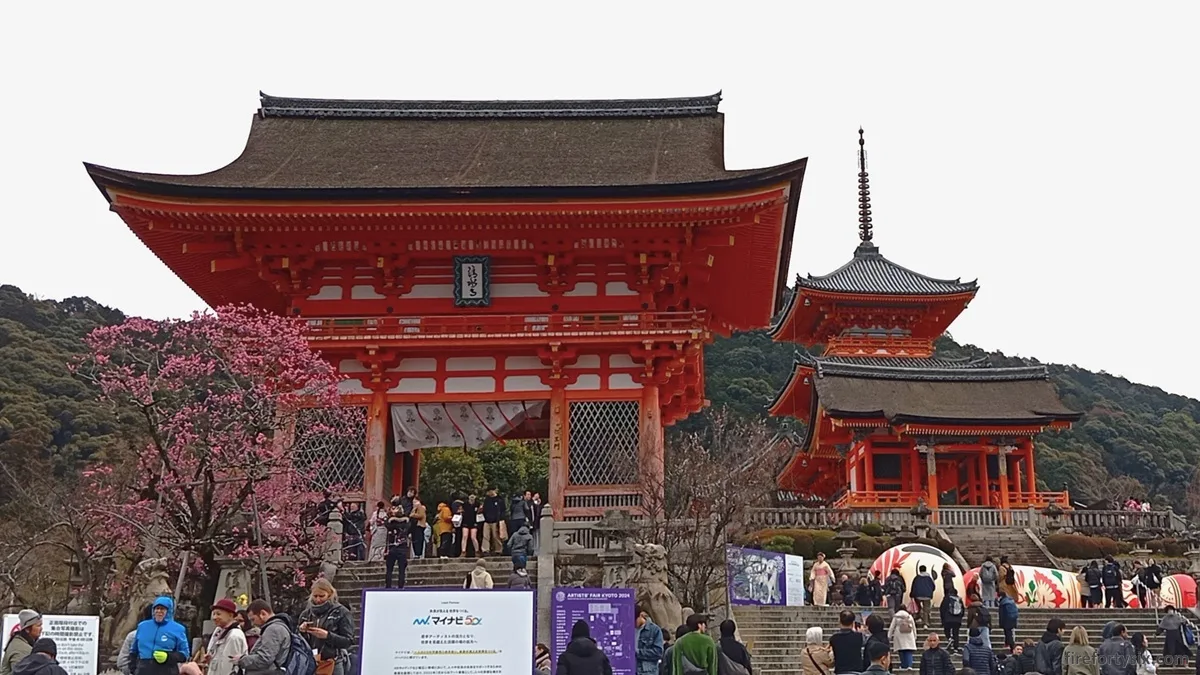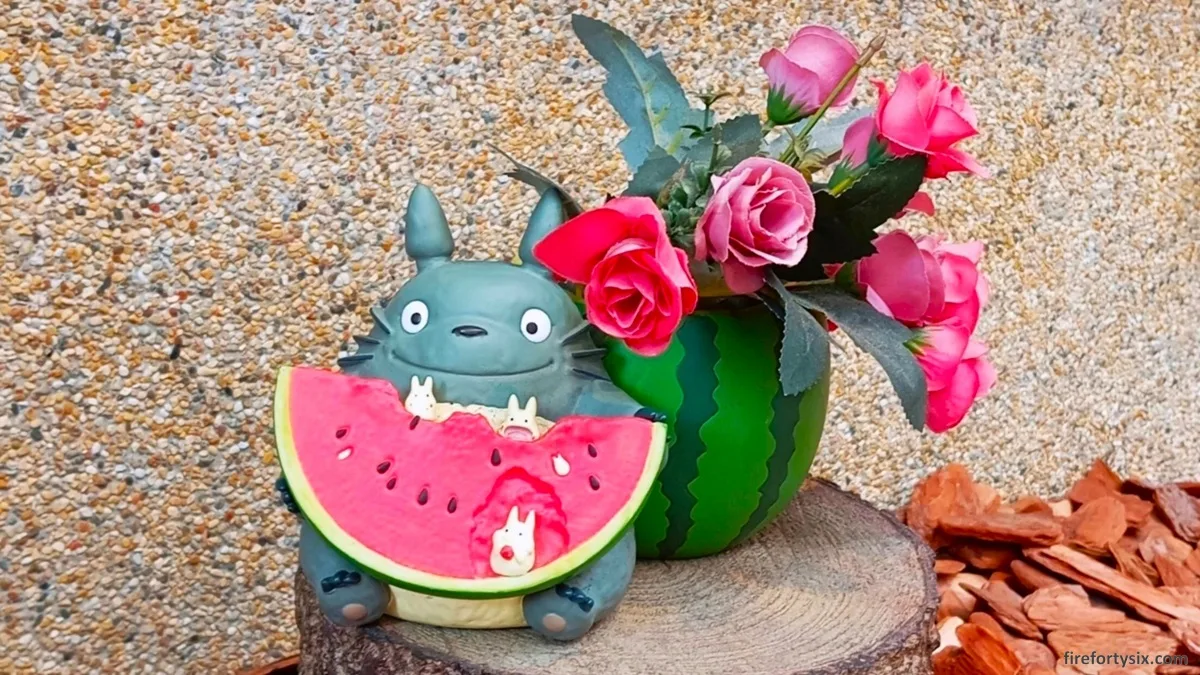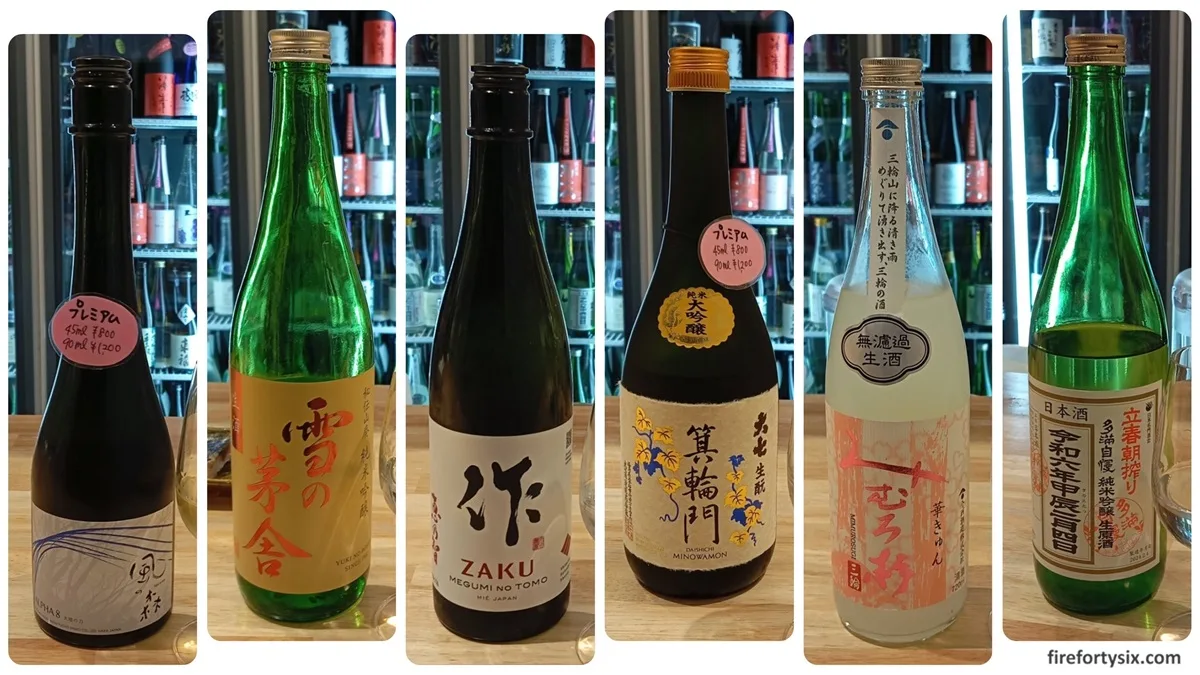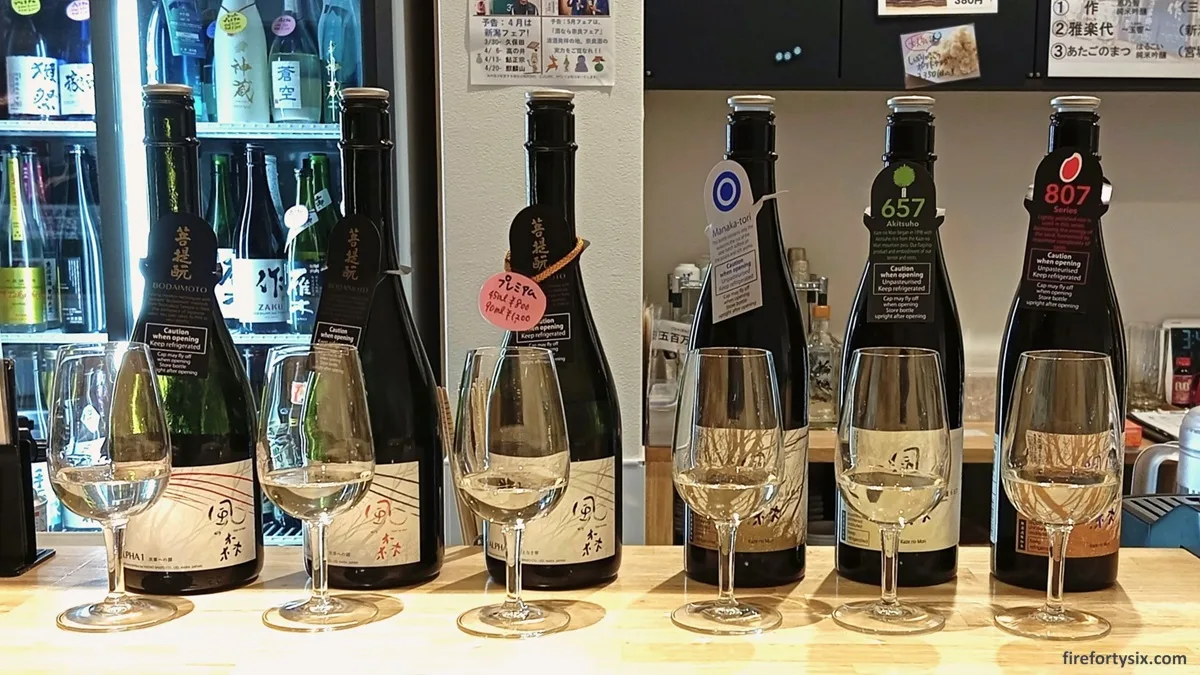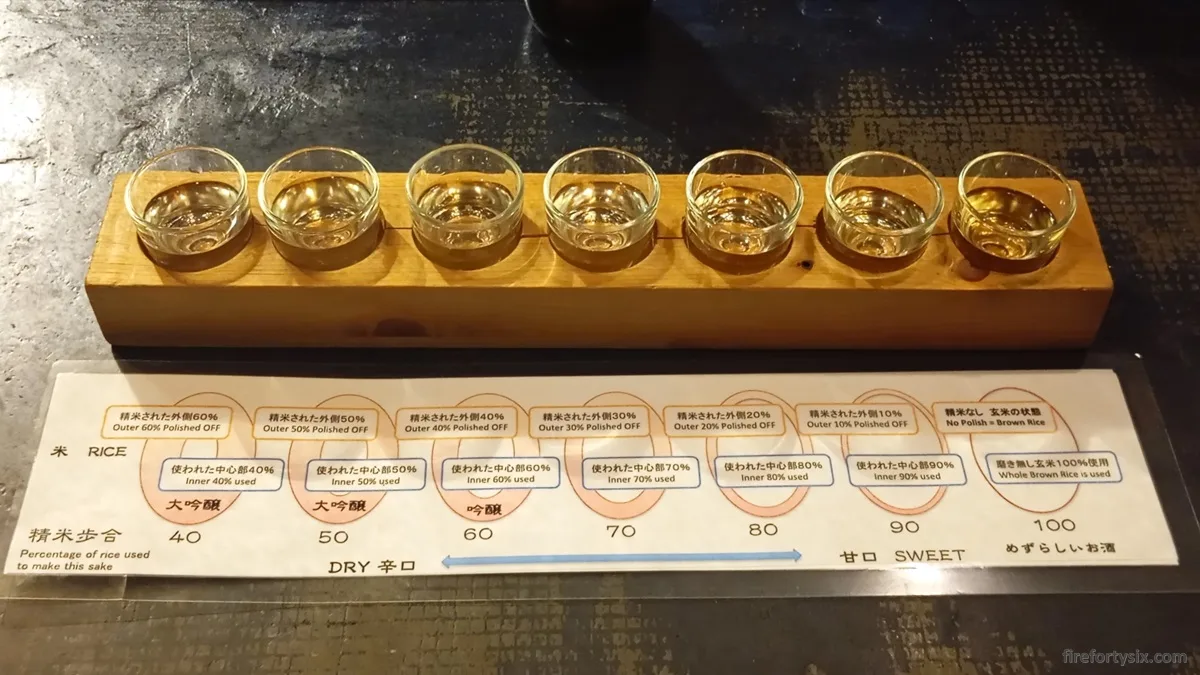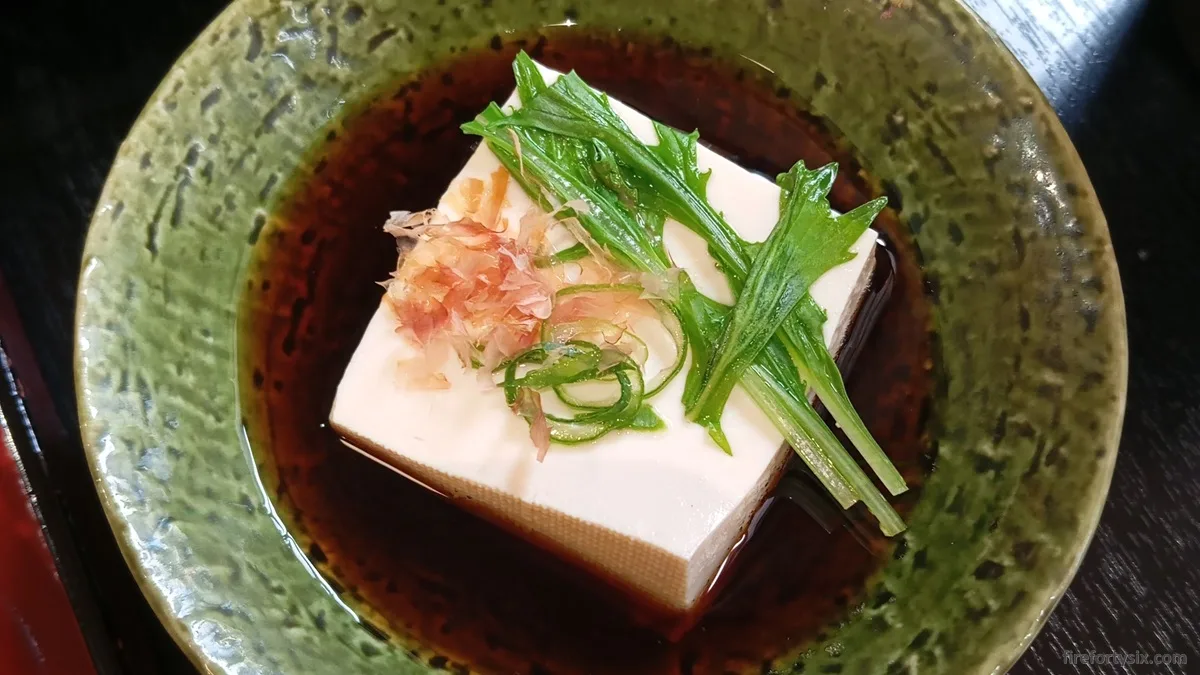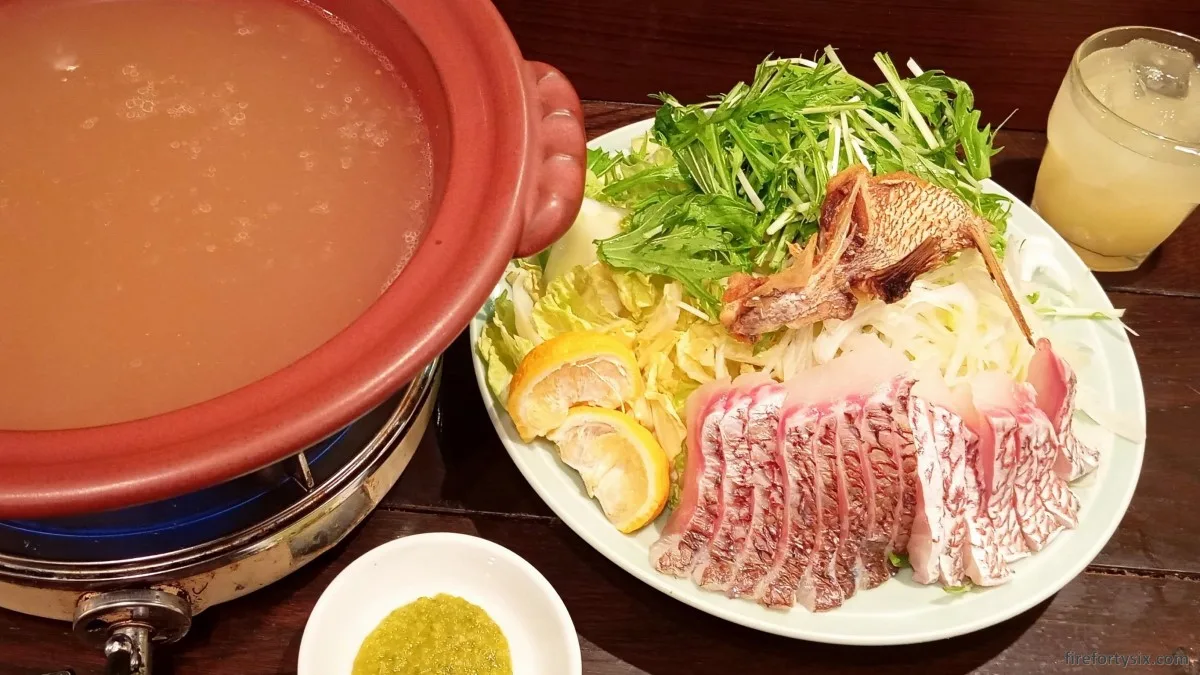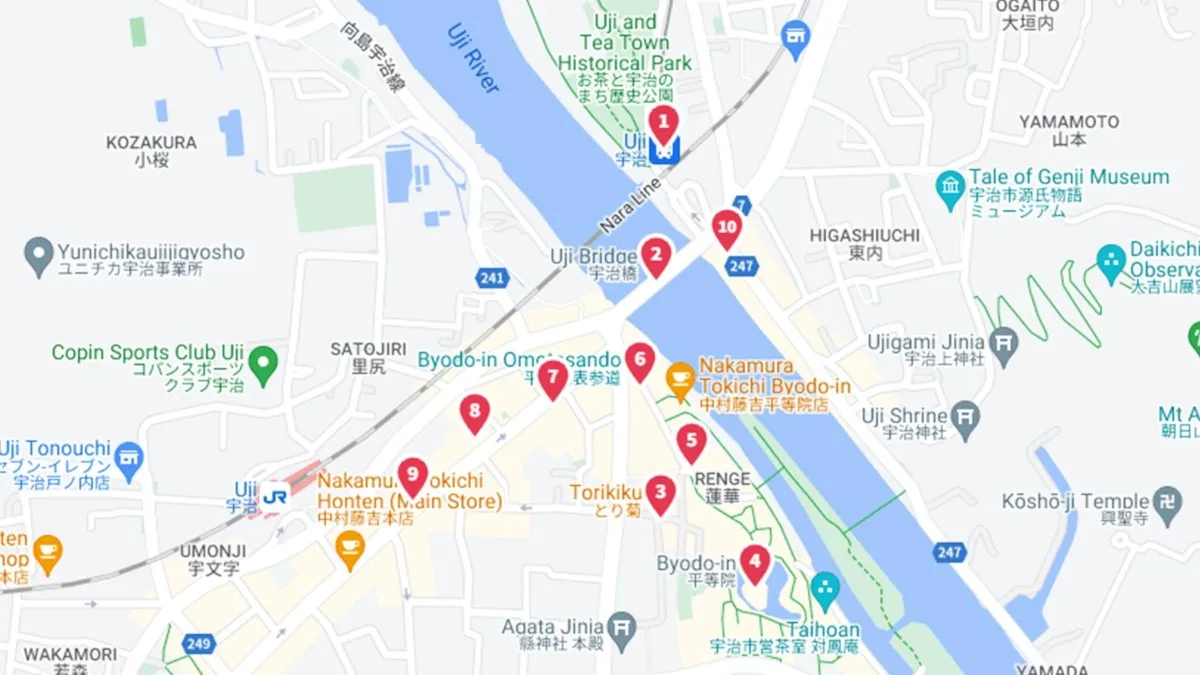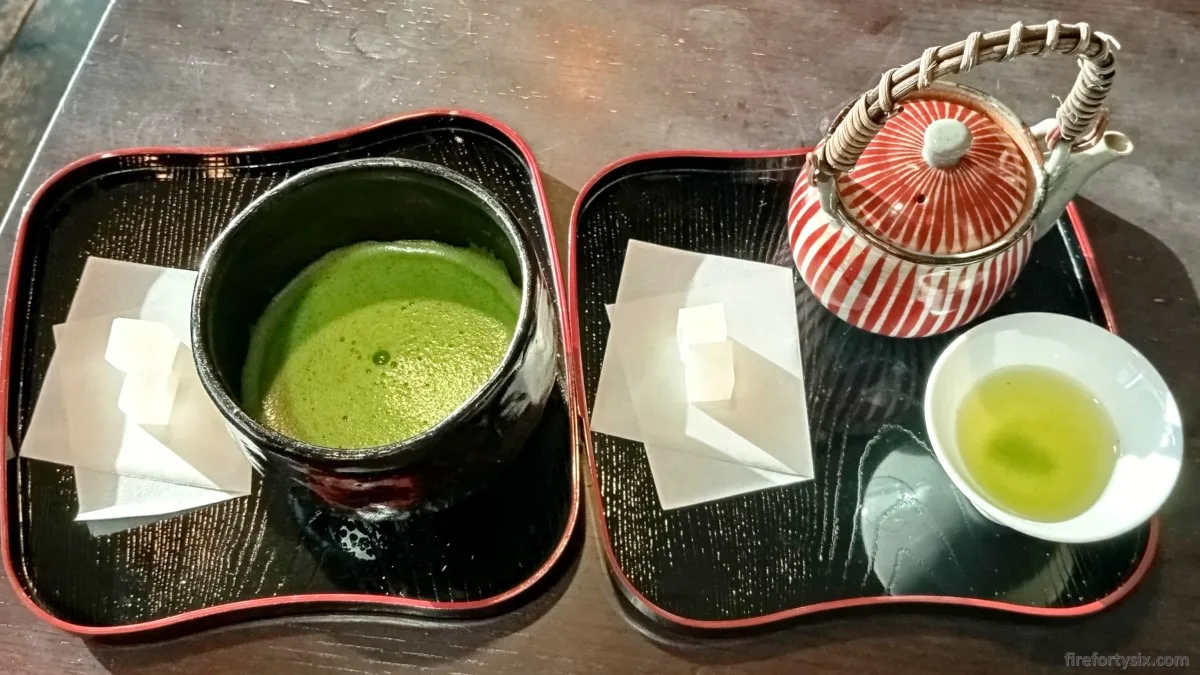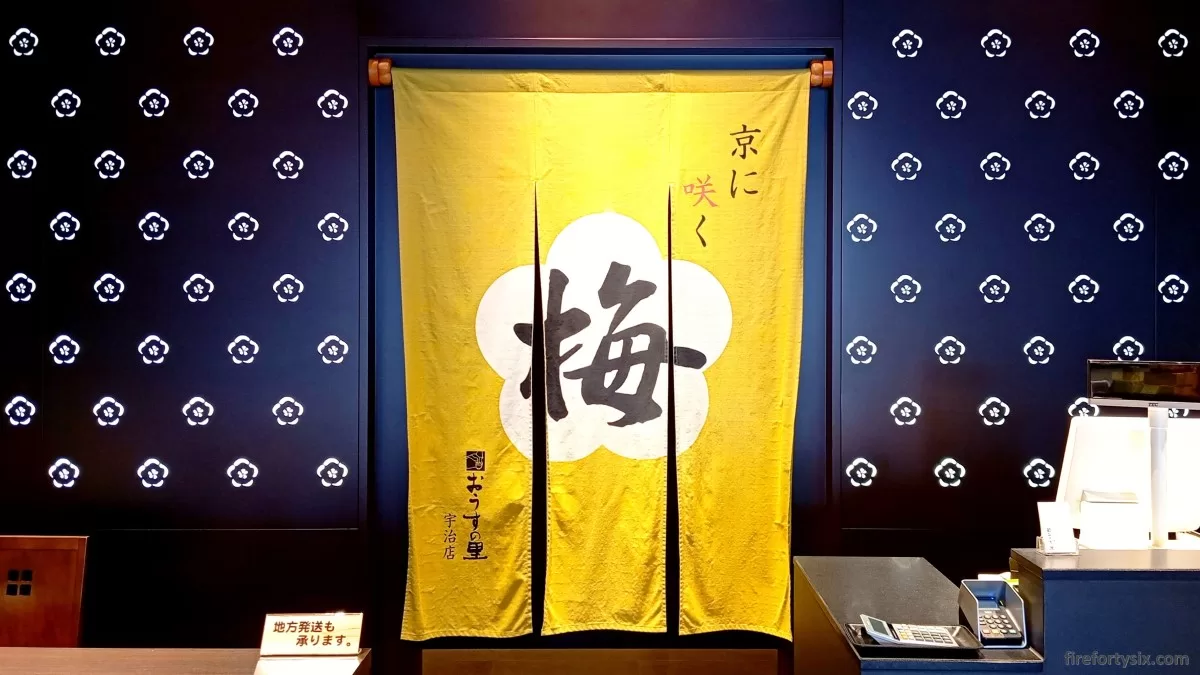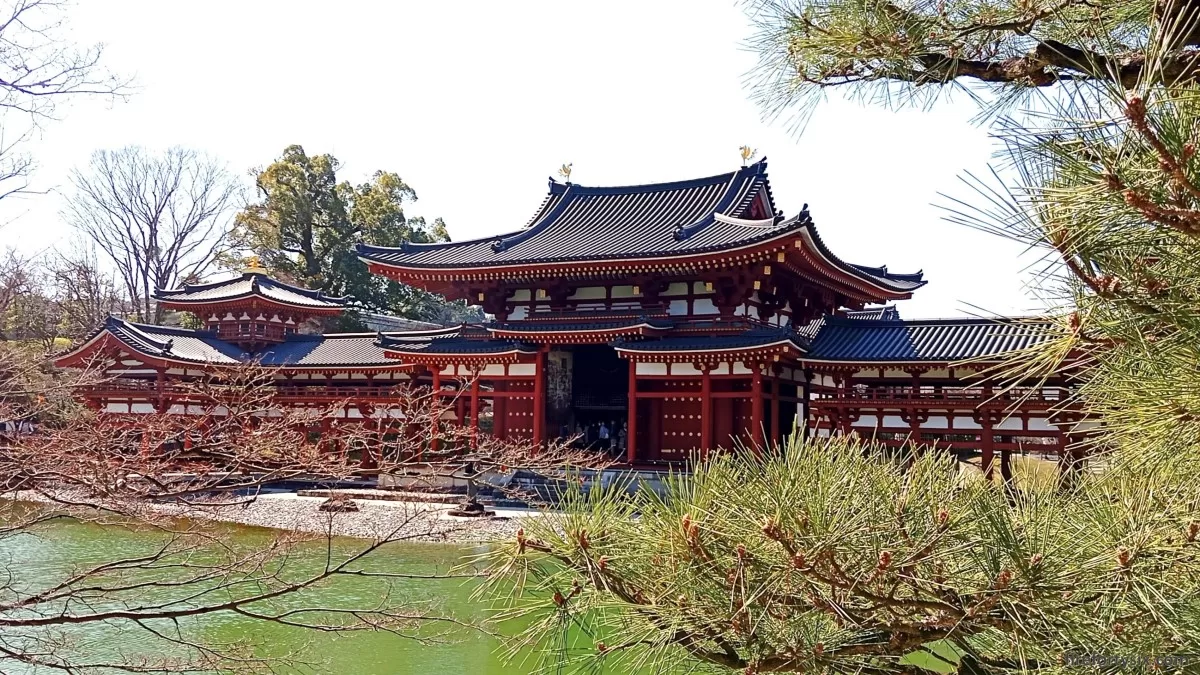Yakitori wasn’t on my mind when I suggested to The Wife that we should have dinner at Yanagi Koji Taka.
In fact, when I was planning the Kyoto leg of our Kansai vacation, not a single yakitori restaurant managed to get on our itinerary.
And yet somehow, we found ourselves outside the busy standing bar, waiting patiently for them to invite us in.
Why?
Because they had a unique tasting flight that featured seven different rice polishing ratios of the same sake. It was such an interesting idea that I simply had to experience it for myself.
Any food they happened to sell would have merely been incidental. As long as I got to drink my sake, it didn’t really matter what I ate that night (no, I’m not an alcoholic).
Don’t get me wrong, I love yakitori, and so does The Wife. But there are so many other amazing food choices in Kyoto that yakitori didn’t even make it to our shortlist.
So you can imagine our surprise when we found out how oishii the yakitori at Yanagi Koji Taka turned out to be.
Online Ratings
I suppose the signs were plain to see. Ratings on Google (4.4⭐/5.0 | 483 reviews) and Tabelog (3.67⭐/5.00 | 354 reviews) were both quite high. Yes, 3.67 on Tabelog is a really good score.
Once I was done with my sake flight, I could finally start paying serious attention to what the yakitori chef standing right in front of us was grilling.

The Wife’s focus is usually on the food, but this time, she couldn’t help but admire the person making the food.
“Don’t you think he looks like Park Bo Gum?” she whispered furtively to me.
While he clearly wasn’t as tall, there was a strong resemblance to the popular Korean actor. It probably goes without saying that Park Bo Gum is really good looking.
Clearly, she wasn’t the only person who noticed. Because all the female customers were stealing glances at him throughout the night; some even giggling amongst themselves after doing so.
Food Menu


There were two menus pinned to the wall of the yakitori bar. First was a printed one with their usual items, and second was a handwritten list of their current specials.
Both were in Japanese, but the occasional kanji characters interspersed among the hiragana and katakana helped us guess what some of them were.
For the remainder, Google Translate was put into service, though an English menu was also provided for their usual menu.

But this was a yakitori place in Japan, and there are basic items that are always available and I could order them from memory. Such as negima, the most classic of them all.
Chunky pieces of chicken thigh are skewered alternately with thick slices of negi. Each stick is dipped into sweet and savoury yakitori tare just before it’s grilled.
Round One
“Negima hitotsu kudasai,” I requested, raising my right index finger in tandem for emphasis. “Hai…” replied Park Bo Gum, as he proceeded to do his thing.
Minutes later, it was placed in front of us, with a pinch of shichimi on the side. Of all the yakitori we’ve had, this must have been the chunkiest we’ve ever seen.
It was thick and fat with beautifully charred bits, and looked positively delicious.

Even before taking a bite, we could already imagine the smokiness and juiciness and overall umaminess. It tasted as good as it looked, and I immediately asked for another one.
Together with grilled sweet peppers, sliced fresh tomatoes and the “limited edition” tsukune listed on their specials menu.
The tomato “flower” arrived on a shiso leaf, thinly sliced and shaped into a rose. The only dressing was some olive oil and a splash of balsamic vinegar. Sweet, tart and refreshing, it was the perfect antidote for greasy skewers.


Tsukune is something that I always get at yakitori joints, and in Japan, it usually comes with a raw egg yolk that acts as a dipping sauce. The one we got was fancier, with a mound of freshly-grated cheese on top.
I broke the yolk, swirled everything around and took a big bite. Mixed into the minced chicken were crunchy bits that were either chopped up cartilage or smoked daikon, or maybe even both.
The combination of flavours was amazing and, you guessed it, I immediately ordered another one.
Round Two
Liver is a polarising ingredient that people either love or hate. Personally, it’s a firm favourite of both The Wife and I, especially as yakitori.
It’s easy to overcook, resulting in a dry and powdery texture. Ours was done perfectly, leaving a nice springy bite on the surface which exposed a creamy and juicy centre.
The fragrant sansho pepper that came with it left a playful tingle on the tongue, and balanced out the gaminess of the offal. One was not enough, and another was placed in the queue.

As we were waiting, one of the other chefs placed an entire wheel of cheese on the grill, left it to char for a while and then flambéed it with a flourish.
Everyone stopped what they were doing and swiveled to stare at the ensuing fire show. This happened several times throughout the night, no doubt a result of the impressive pyrotechnic performance.

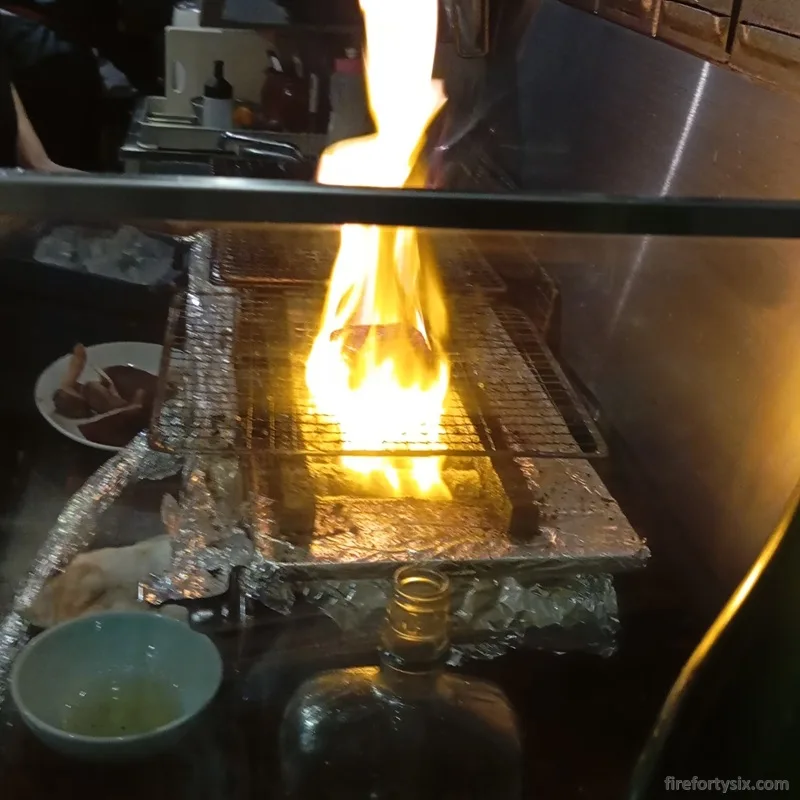
While working my way through the second stick of liver, I noticed that the two end pieces had a different texture. They were crunchier and firmer, completely unlike the others.
I suspected that they were chicken hearts, even though they weren’t even listed on the menu. When our chef was less busy, I caught his attention, pointed to the part in question and enquired, “Hāto?”
He paused with a look of surprise on his face, before nodding and replying enthusiastically, “Yes!” I followed by sharing that heart was my favourite part, and he responded with “Same!”
Since I had managed to establish myself as a fellow yakitori connoisseur, I tried my luck and asked if it was possible to get a stick comprising only hearts.
“Chotto mate kudasai,” he requested, before walking back to the kitchen to check. Returning with a smile, he flashed me the universal hand sign for okay. And that’s how we managed to score seven pieces of delicious off-menu yakitori.

The Wife noticed a basket of fresh vegetables on our left, including some beautifully purple and petite eggplants. After she placed the order, three pieces went on the grill.
They sat there and charred for a bit before being chucked into a covered bowl. Once they had cooled enough for their skins to be removed, they went back onto the grill to brown.
Eventually, the nasu were chopped into half, placed into a pool of dashi and topped with bonito flakes. Like liver, eggplants can be contentious, but these were juicy, fuwa fuwa and a total delight.


As much as we have liked to continue bingeing, we only had space for just one more stick. We asked our chef for suggestions, and he recommended the neck grilled with salt and no sauce.
We usually discard chicken necks back home, so this was an intriguing choice. Everything we had had been fantastic so far, so we decided to give it a try.

Good thing we did, because it was really good. Firm and chewy but not tough, with a strong meaty flavour. In some ways, it was similar to pork neck which, I suppose, kind of makes sense.
I learnt that it’s called “seseri” and from now on, it’s going on my list of default yakitori orders, together with negima, liver, tsukune and heart.
Like I said in the beginning, yakitori wasn’t even on our radar for Kyoto. But I’m glad we ended up having some at Yanagi Koji Taka anyway, even though it was totally by accident.
